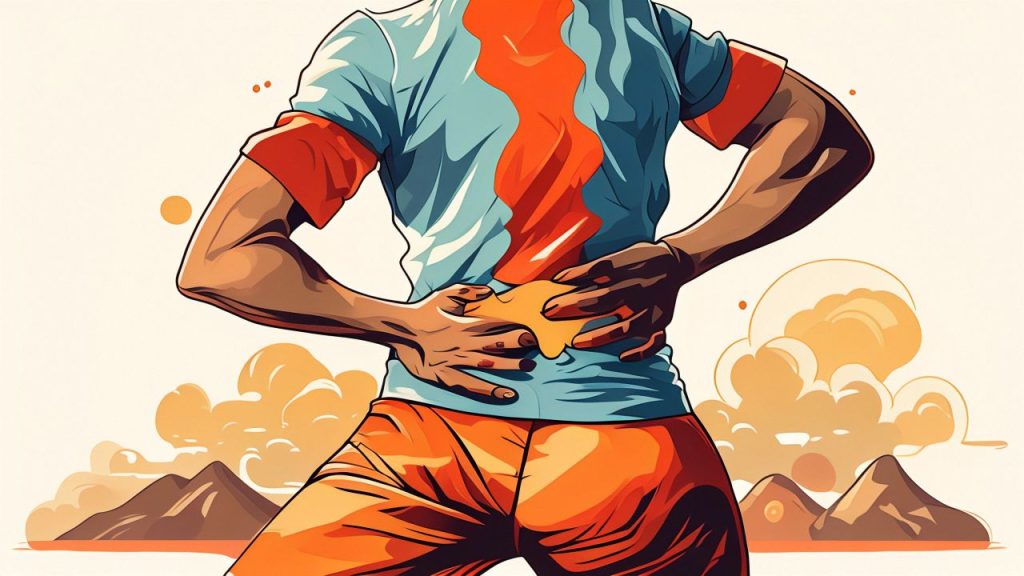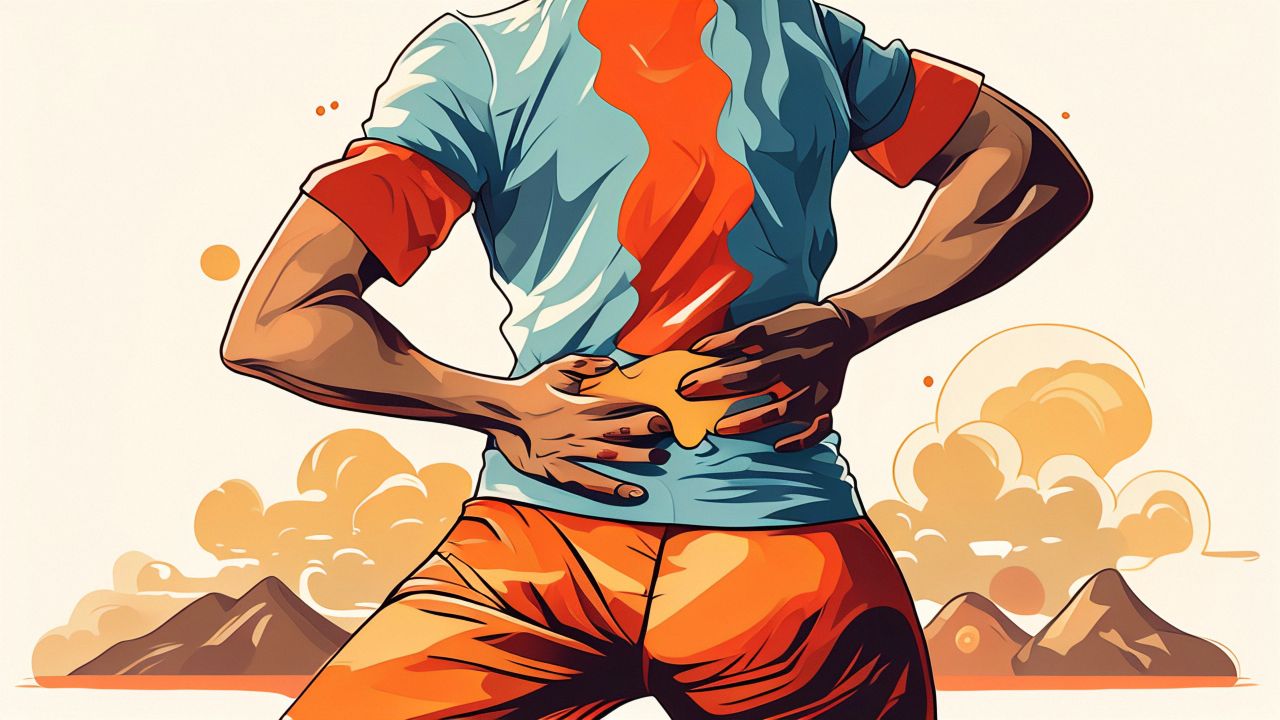Is tailbone pain cancer symptoms?
Is tailbone pain cancer symptoms?
Several types of cancer can potentially cause tailbone pain, although it is not a common symptom of cancer. In very rare cases, pain in the tailbone can be associated with malignancies such as chordoma, a type of bone cancer that can occur at the base of the spine.When tailbone pain is related to cancer, it is often due to the involvement of nearby structures or the spread of cancer to the bones.
Here are some cancers that, in rare cases, can lead to tailbone pain:

- Colon Cancer: If a tumor in the colon grows large enough, it can put pressure on surrounding tissues, including the coccyx.
- Rectal Cancer: Similar to colon cancer, rectal tumors can invade nearby structures and cause pain in the tailbone area.
- Pelvic Cancer: This includes cancers of the pelvic bones, which, if affected, can lead to pain in the tailbone region.
- Ovarian Cancer: Advanced ovarian cancer can spread to the pelvic region and cause tailbone pain.
- Prostate Cancer: In advanced stages, prostate cancer can metastasize to the bones, including the coccyx.
- Sarcomas: These are cancers that develop in the bones or soft tissues, and if they occur in the pelvic region, they can cause tailbone pain.
- Multiple Myeloma: This type of cancer affects plasma cells, which can accumulate in the bone marrow and lead to bone lesions, potentially causing tailbone pain.
- Metastatic Cancer: Cancer that has spread (metastasized) from its original site to the bones, including the coccyx, can cause tailbone pain.
Is tailbone pain cancer symptoms?
Tailbone pain, medically referred to as coccydynia, is not commonly associated with cancer. However, it can be a symptom of certain types of cancer, although it is usually not the primary symptom. Tailbone pain that is related to cancer might be caused by tumors in the pelvis, colon, or rectum, as these can put pressure on the coccyx. This pain may worsen over time and become more severe, especially during activities that put pressure on the tailbone, such as sitting or bowel movements.
If you are experiencing tailbone pain and are concerned it could be a symptom of cancer, it is important to consult with a healthcare professional for a proper evaluation. They may ask about your medical history, perform a physical examination, and possibly order diagnostic tests, such as imaging scans or blood tests, to help determine the cause of the pain.

Tailbone pain is a common condition with many possible causes, including injury, arthritis, or childbirth, and is often not related to cancer. However, if you have any concerns about your health, it is always best to seek medical advice for a thorough evaluation and appropriate management.
If you are experiencing tailbone pain, there are several steps you can take to manage the discomfort and promote healing:
- Rest: Avoid activities that exacerbate the pain, especially those that involve sitting or pressure on the tailbone area.
- Ice and Heat Therapy: Initially, applying ice packs to the affected area for 10-15 minutes several times a day can help reduce inflammation and pain. After the first few days, you can switch to heat therapy, using a warm compress or heating pad, to soothe the area.
- Pain Medication: Over-the-counter pain relievers such as ibuprofen (Advil, Motrin), naproxen (Aleve), or acetaminophen (Tylenol) can help alleviate pain and reduce inflammation.
- Soft Cushions: Use a doughnut-shaped cushion or a soft pillow when sitting to reduce pressure on the tailbone.
- Physical Therapy: A physical therapist can recommend exercises to strengthen the pelvic floor muscles and improve posture, which may help alleviate tailbone pain.
- Weight Loss: If you are overweight, losing weight can reduce the pressure on your tailbone, especially when sitting.
- Surgical Intervention: In rare cases where tailbone pain is severe and does not respond to other treatments, surgery may be considered to remove part or all of the coccyx.
- Alternative Therapies: Some people find relief through alternative treatments such as acupuncture, chiropractic care, or massage therapy.
- Medical Evaluation: If the pain is persistent, severe, or unexplained, it is important to seek medical evaluation to rule out more serious conditions.The largest orthopedic hospital in the United States is Hospital for Special Surgery (HSS) in New York City.

